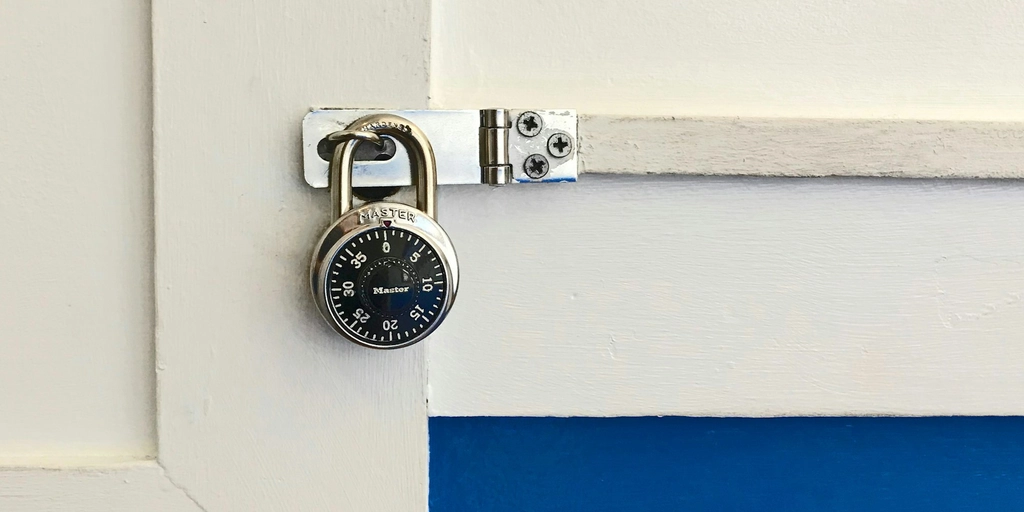
Where Do Emails Go That Are Archived?
Cleaning up an email inbox is an admin job everyone must do at various times. While for some it may be a boring job, it’s a rather important one. Not only does clearing your inbox free up space, but it can also allow you to keep on top of your workload.
While in your personal inbox you’ll delete unwanted emails, in a workplace this isn’t possible. Regulations such as GDPR mean businesses must keep hold of all email correspondence in some form. This is where an email archive comes in. But, you may be asking yourself, where do emails go that are archived?
What is Email Archiving?
Email archiving is the process of preserving and making all emails to and from an individual searchable in one place. An email archiving solution, such as Cryoserver, captures all email content directly from an application or during the sending process.
Archived messages are usually saved in physical storage, in another part of the inbox, on a server or in the cloud. This will depend on the email service you’re using and if any additional software is being used with it.
Why Email Archiving
Email archiving has gone beyond simply being a place where emails are stored to free up inboxes. There are other reasons why administrative teams would need an archive in place:
- Following industry-specific regulations that allow easy access.
- To use as litigation support ensuring documents are received and submitted in a timely manner.
- Easy data retrieval for users and admin teams if an email is deleted or misplaced.
- Knowledge and storage management because of the amount of information emails store.
How the email archive works depends on the service that you use. It will also depend on if you have a separate email archiving solution integrated into your inboxes.
Gmail
Gmail gives users an option to archive emails as a way of cleaning up the inbox. All archived emails in Gmail accounts are moved to the label “All Emails”. According to Gmail Help:
- When you archive a message, the email comes back to your inbox when someone replies to it.
- When you mute a message, all replies stay out of the inbox. The conversation remains searchable if you need it.
To archive an email from your computer, hover over the email and click the Archive box. To move an email out of your archive, go into All Mail, hover over the message and select move to Inbox.
Office 365
In Office 365, users are provided with additional mailbox storage space. Once the archive mailboxes are turned on, users can access and store messages in the archive via Microsoft Outlook and Outlook. Messages can be moved or copied between both mailboxes. Deleted items can be recovered from the Recoverable Items folder with the Recover Deleted Items tool.
You can only enable or disable archive mailboxes if you have been assigned the Mail Recipients role in Exchange Online. The role is automatically assigned to the Recipient Management and Organisation Management role groups when set up.
Once an archive has been enabled for a user, all emails in a user’s inbox that are older than the archive policy that is set are then moved into the archive. The default archive retention policy is two years, but this can be changed to the length you wish.
The emails that are archived are stored within Microsoft’s cloud, much like your emails are currently. Emails can be found in your primary inbox and your archive when you use the Content Search tool.
Cryoserver
Cryoserver will archive emails in a place of your choosing, depending on the package you select.
Cloud Archiving
With Cryoserver Cloud, the software works seamlessly with the email service you use – Office 365, Gmail and more. Users will still have access to their current inboxes and their archive, except the emails are stored on a secure Cryoserver cloud. All emails are captured during the sending process and encrypted to ensure complete compliance. The Cryoserver cloud is separate to the cloud storage used by service providers, allowing you to switch service providers with your current archived emails intact.
On-Premise
With an on-premise archiving solution, emails are stored on virtual machines within the organisation. This means the information can always be found in-house, even if there is an internet outage.
Now you know where your email archive is, it’s time to select the right service for you. Get a quote with Cryoserver today to get started.
Read
More

GDPR: One Year On
On May 25th 2018, the EU rolled out a new set of data privacy laws under the General Data…

Cryoserver are finalists at IT Europa
Award season is still in full swing at Cryoserver, who are two for two on shortlists! The…

Email Archiving and Cyber Security
Email archiving and cyber security aren’t always considered linked by business owners. Most…

How to Best Manage FOI Requests
Freedom of Information requests are a key element of the Freedom of Information Act 2000. Any…

New Year New Partnership
Cryoserver (UK) – Manufacture and supports “Advanced enterprise Email Archiving Software”Spartec…
